- Messages
- 357
- Location
- Spring Grove PA USA
I recieved fish on Monday of this week that were shipped as sp Batan. Quite a few people were wondering what this fish really is. After letting them settle in and eat some bbs they have colored up nicely and are doing the spawning dance.
Here are some photos.
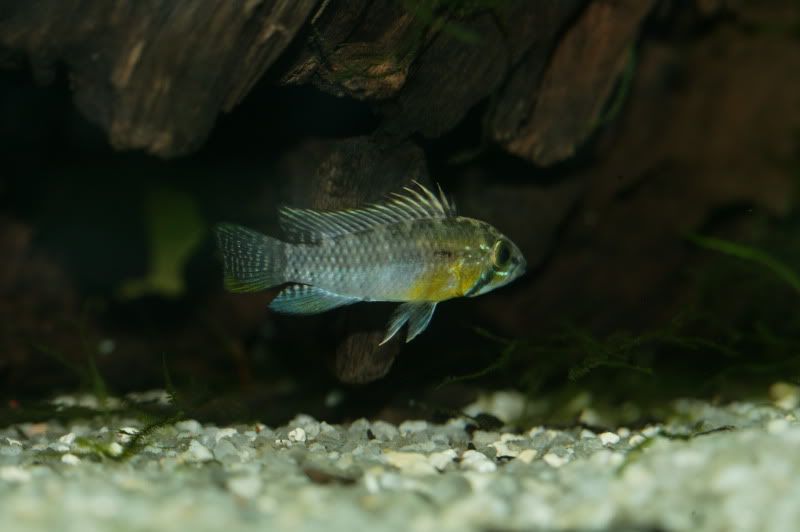
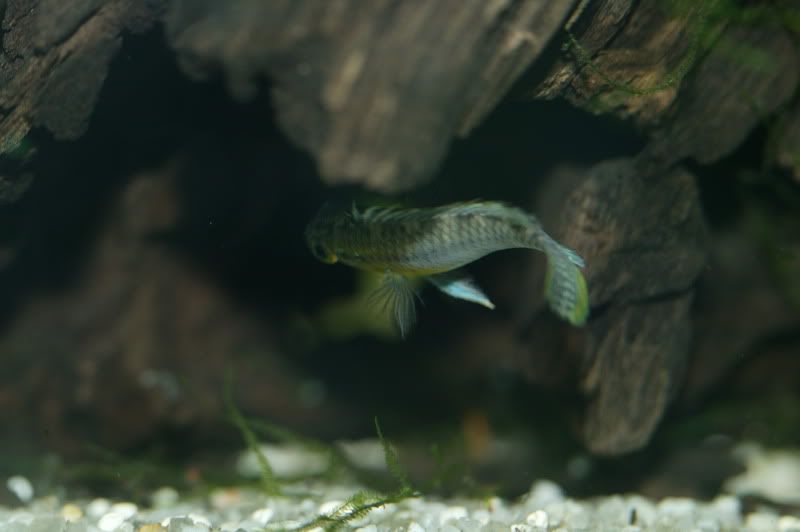
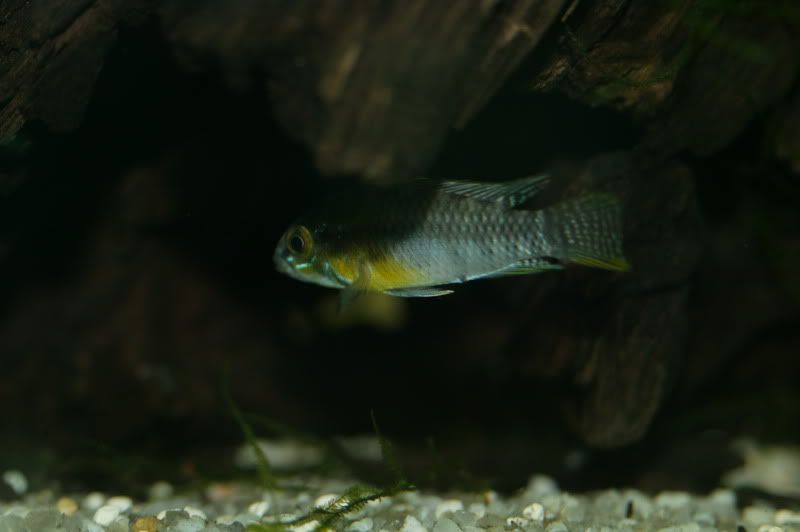

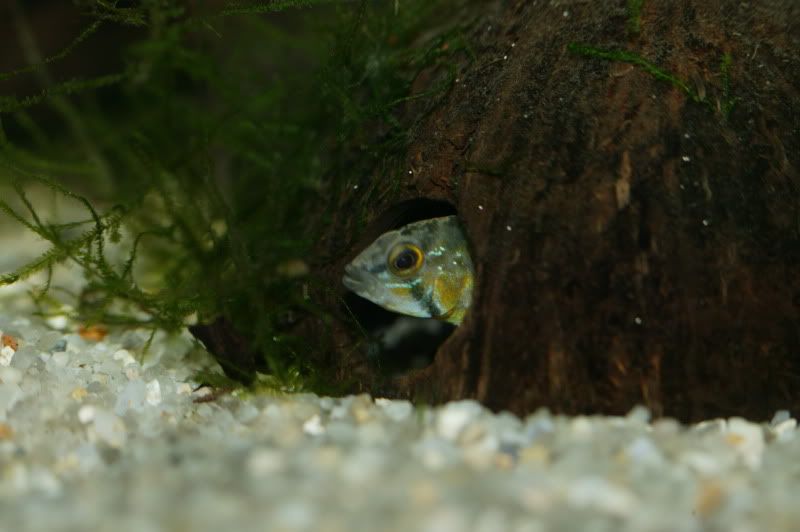
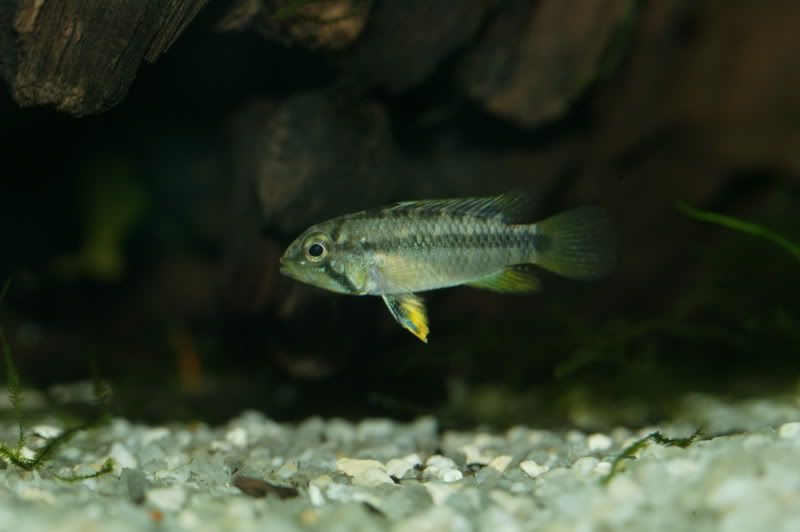
Here are some photos.









